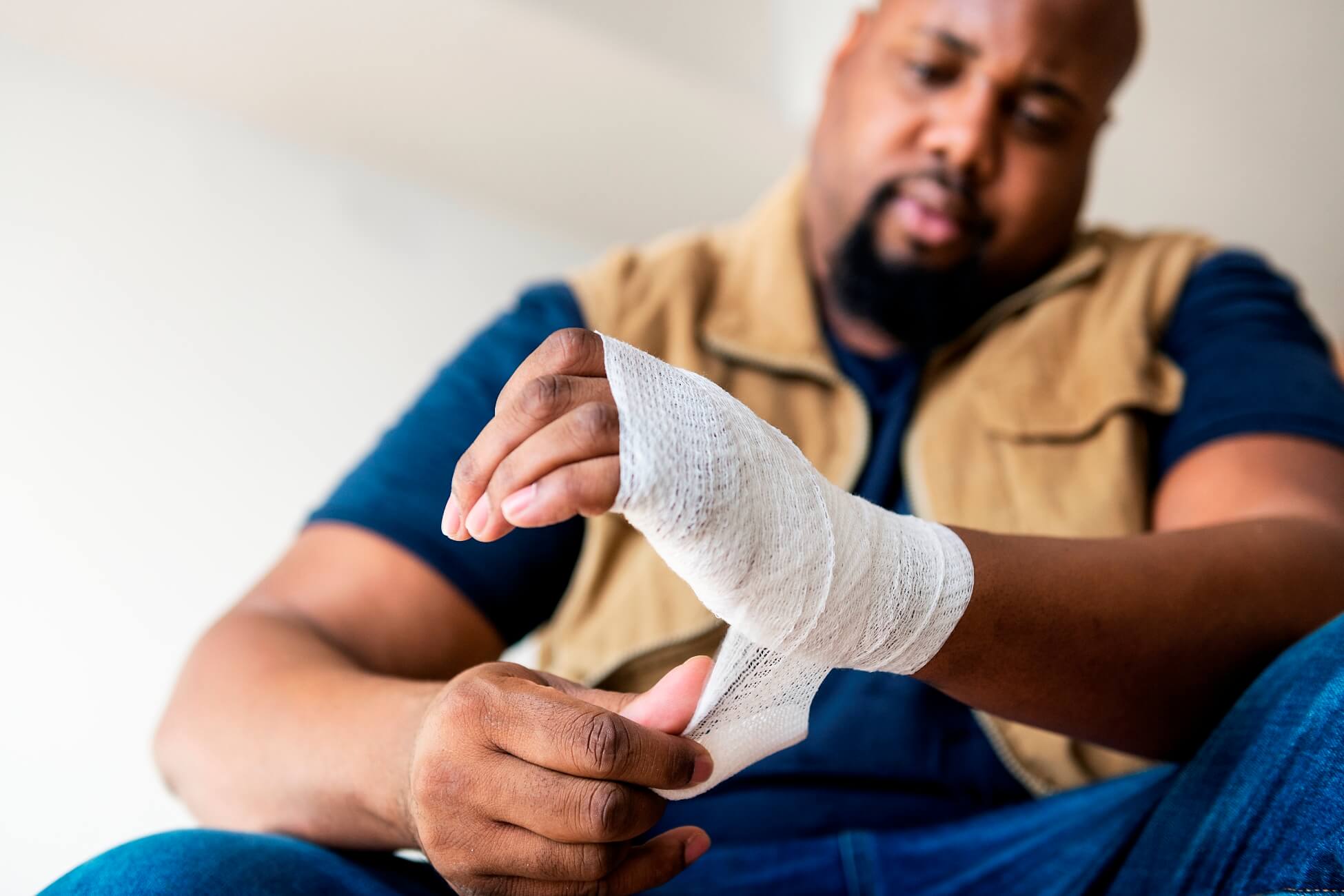Reasons for Carrying Out Investigations

Legal Reasons
As well as the implied legal requirements for employers to investigate loss events, there is a broad duty on employers and employees to take reasonable care of themselves and of others who may be affected by their acts or omissions. In health and safety, as in other sectors, everything is fine until something goes wrong, at which point someone usually has to be held
accountable: “If there’s blame, there’s a claim ”. So accident investigation enables the employer to explore and defend, if necessary, the adequacy of their duty of care.
Data Gathering
We can only act on the information we are given, irrespective of our position. As a safety practitioner, the way you gather your information will no doubt suit your requirements and your organization. It is only after all the facts have been established that we can begin to interpret the results.
Many accidents may initially appear to be ‘one-offs’, but after looking at all the relevant information it may appear that there is a history of similar incidents, indicating a trend. It is important to look for existing or developing trends. For example, a spate of similar minor accidents could highlight a problem in an organization that may be procedural, practical, or human in origin. If not treated, minor accidents could become major, so the ability to spot trends is an important skill.
Establishing Root, Underlying and Immediate Causes
The definition of “accident” includes much more than just those events that cause an injury. We wish to prevent all those events and occurrences that might have caused an injury or damage, as well as those which did. Within the wider concept of risk management, we are interested in the prevention of all losses. Here, we will mostly be concerned with injury accidents, but the wider concepts need also to be considered.
There will always be an immediate cause for an accident, but we are also interested in finding the underlying and root causes. This is why we need to consider the chain of events leading up to an accident; the domino effect of Heinrich’s theory is a good example. Obviously, any remedy which starts at the earliest stages will not only prevent this accident but a lot of others that have the same underlying cause.
Accident reports tend to concentrate on the “cause of injury”, but the safety practitioner is more interested in the “cause of the accident”. In the case of a multiple-cause accident, we need to consider at the very least if it involves an unsafe act, an unsafe condition, and an unsafe person, and how these interact.
Since an incident could cause a fatality, a serious injury, a minor injury, or just a near miss, all incidents should ideally be investigated. The purpose should be to find the cause, with the intention of preventing a recurrence, rather than apportion blame. An injury usually involves some degree of blame falling on management, the supervisor, the victim, and his/her workmates.
We can identify a number of purposes for conducting an accident investigation – the main ones follow.
The word ‘cause’ has an air of finality about it that discourages further investigation. If a pipe fails, for example, and the cause is said to be corrosion, we tend to think that we know why it failed. This may be true but it does not help us prevent further failures. We need to know the answers to many more questions:
- Was the material of construction specified correctly?
- Was the specified material actually used?
- Were operating conditions the same as those assumed by the designers?
- What corrosion monitoring did they ask for?
- Was it carried out?
- Were the results ignored?
- And so on.
When analyzing accidents it is common to distinguish between immediate causes and underlying causes. The latter are also sometimes called ‘root causes’ and there is some justification for a simple two-stage model. However, the HSE publication HSG245 Investigating Accidents and Incidents does make the following distinctions:
- Immediate cause: the most obvious reason why an adverse event happens, e.g. the guard is missing; the employee slips, etc. There may be several immediate causes identified in any one adverse event.
- Underlying cause: the less obvious ‘system’ or ‘organizational’ reason for an adverse event happening, e.g. prestart-up machinery checks are not carried out by supervisors; the hazard has not been adequately considered via a suitable and sufficient risk assessment; production pressures are too great, etc.
- Root cause: an initiating event or failing from which all other causes or failings spring. Root causes are general management, planning, or organizational failings.
Consequently, you will find that the terminology used can vary but the most important thing to remember is to look beyond the immediate causes of the management-based failings that allowed the accident to happen.

